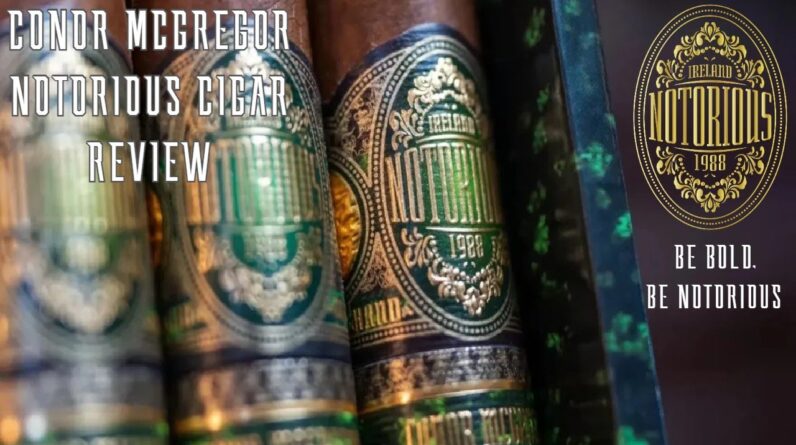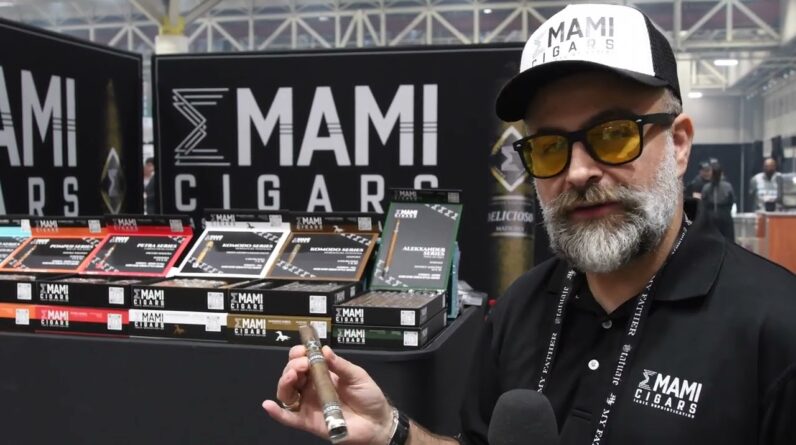Terence Reilly, vp of sales and marketing of AGANORSA Leaf, talks about the company’s new Aniversario Connecticut. And yes, that 100-ring gauge cigar.
For more coverage of the PCA 2023 Convention & Trade Show, please visit: halfwheel.com
Twitter —
Facebook —
Instagram —

What Goes Into Making a Cigar?
A premium cigar is a symphony of aromas, flavors and textures. It’s also a piece of history that has been celebrated for generations, used to mark special occasions, or as a status symbol of the wealthy and influential. Unlike mass-produced cigarettes, cigarillos or even many hand-rolled brands, the only ingredient in a genuine handmade cigar is tobacco. Not a single leaf is chemically treated or artificially altered for taste, and the entire process of creating a cigar is all-natural.
Cigars are usually categorized in terms of their body, with mild, medium and full-bodied cigars. Knowing your preferences will help you find the right cigar for you. For example, if you are looking for a full-bodied cigar try Oliva Serie G Maduro, or a Davidoff Nicaragua Reserve.
The wrapper and binder are the most noticeable parts of a cigar, but there is so much more to it. The cigarmaker uses several different primings of tobacco to create the desired strength, texture and flavor of a particular cigar. Once the tobacco is cured and processed, it’s placed in enormous piles (pilones) for fermentation. This process uses water, pressure and natural heat to rid the tobacco of undesirable properties such as bitterness.
During this stage, a cigarmaker can get creative with the type of tobacco they use and the size of the piles for the desired strength, texture and flavor. After this, the cigar is rolled and grouped, and then sent to an aging room where it is banded up, boxed up and shipped out. It is often said that 200 pairs of hands touch a cigar before it makes its way to you.






